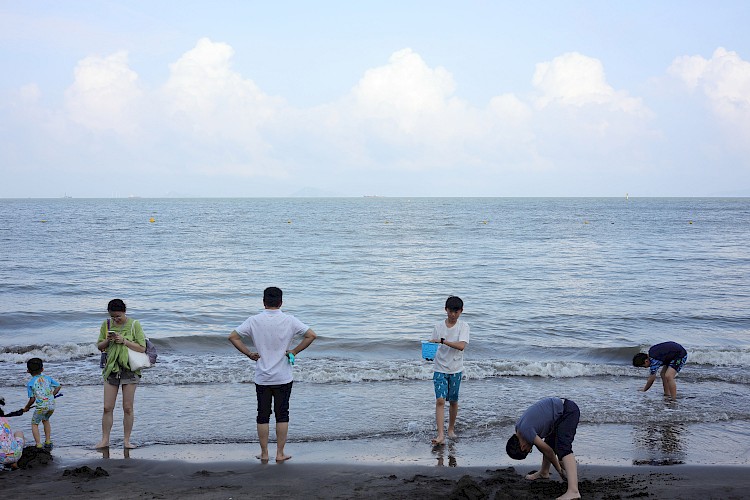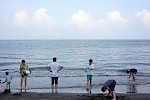Speculative Islands: Black sand, white dolphins, and a new ‘ecological island’ in the South China Sea
Sunday, 1 June 2025"Speculative Islands: Black sand, white dolphins, and a new ‘ecological island’ in the South China Sea" is a new article just published in the journal Folk, Knowledge, Place. It uses the proposal for a new reclaimed island in Macao to think about issues around marine development and the use of speculation as a method for thinking critically about climate futures. This essay continues along in the tradition of my writing on infrastructure and the affects associated with witnessing it on the move and at a distance.
Special thanks to editors Adam Grydehøj (South China University of Technology, China) and Yaso Nadarajah (RMIT University, Australia; Universiti Malaya, Malaysia; Centurion University of Technology and Management, India) for their work on the journal and to their readers as well for their feedback.
The abstract is below and the full article is available open access here, https://folkknowledgeplace.org/article/137897-speculative-islands-black-sand-white-dolphins-and-a-new-ecological-island-in-the-south-china-seahttps://folkknowledgeplace.org/article/137897-speculative-islands-black-sand-white-dolphins-and-a-new-ecological-island-in-the-south-china-sea
The proposal for an ‘ecological island’ to be built off the coast of Coloane, Macao has led to speculation about its potential impact on the marine environment. The material for this new reclamation project is construction waste left over by the development of Macao’s large-scale casino resorts, most of which are themselves built on reclaimed land. This new speculative island is an opportunity to consider the affects associated with infrastructure that is seen at a distance removed either temporarily or spatially.
This article draws on scholarship about infrastructures (Larkin, 2013; Berlant, 2016; Bosworth 2023), as well as archipelagic theories from island studies (Hayward, 2012) and postcolonial literature (Glissant, 1987). It takes particular inspiration from Édouard Glissant’s essay The Black Beach which uses a multiscalar approach to a black sand beach in Martinique to express a creole experience of the Caribbean. Utilizing a similarly situated vantage point, this article uses the local white dolphin population as well as the black sands of the nearby Hac Sa beach as a non-human lens through which to view Macao’s extensive history of land reclamation and envision its future development.

